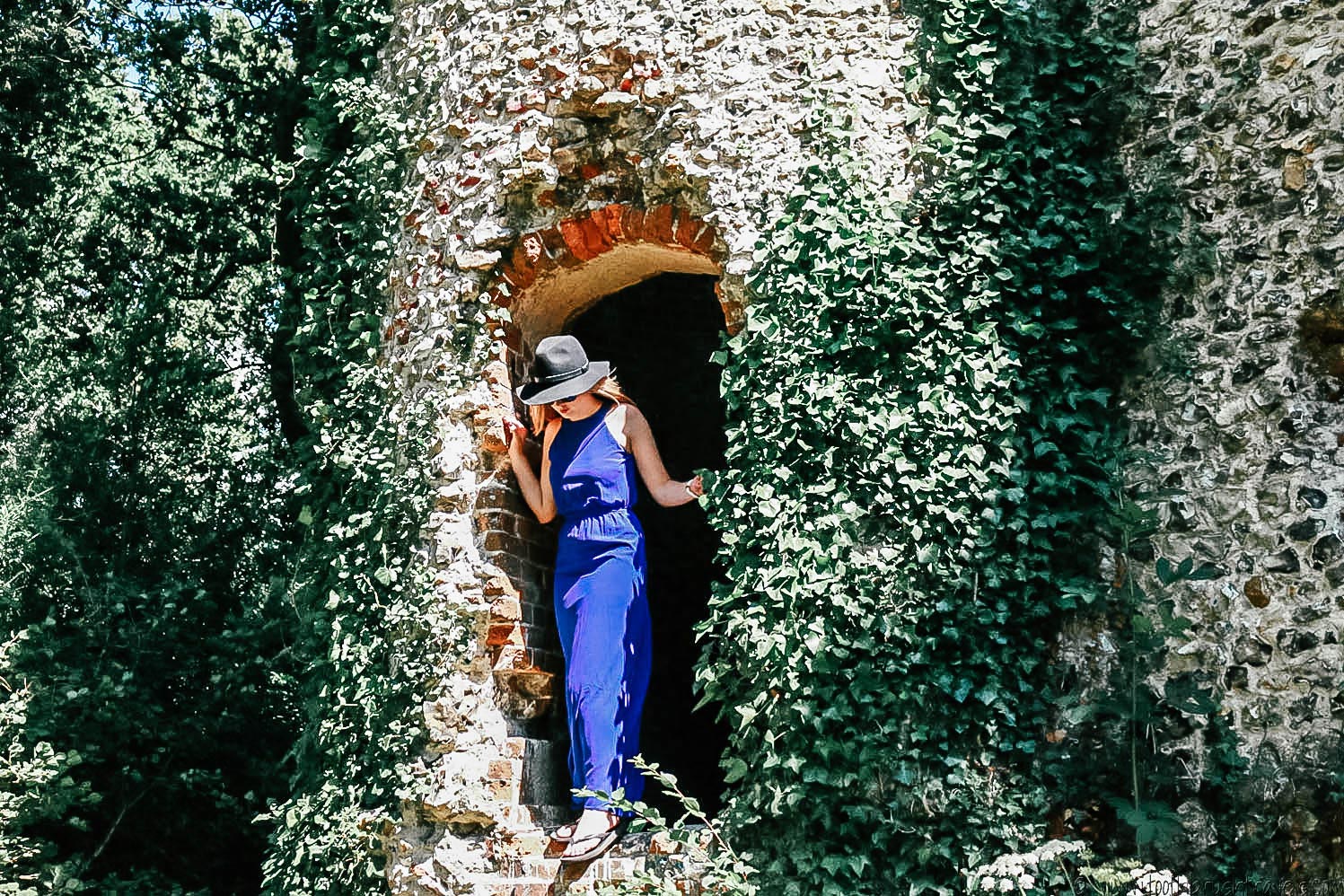Situated in Racton, just down the road from Lordington Lavender, is Racton Ruins. A monument which has no practical purpose, but whose mock-gothic vibes provide something uniquely interesting to look at.
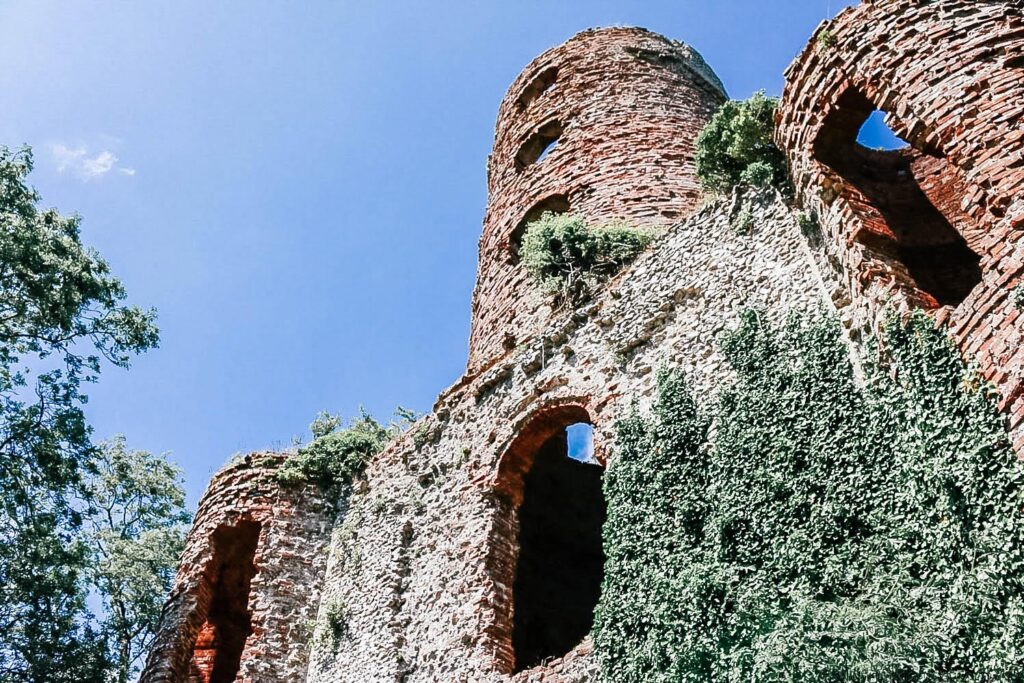
Designed and constructed back in 1766 by architect Theodosius Keene, the Racton Ruins folly was commissioned by the 2nd Earl of Halix, although people aren’t really sure what its true purpose was. Some speculate that it was due to be a summerhouse for the Stansted Estate, whereas others assumed that it was constructed so that the Earl of Halifax could watch as his merchant ships docked in the nearby port of Emsworth—something which is possible thanks to the surrounding views of Chichester and the Isle of Wight, which you can see from the top of Racton Ruins.
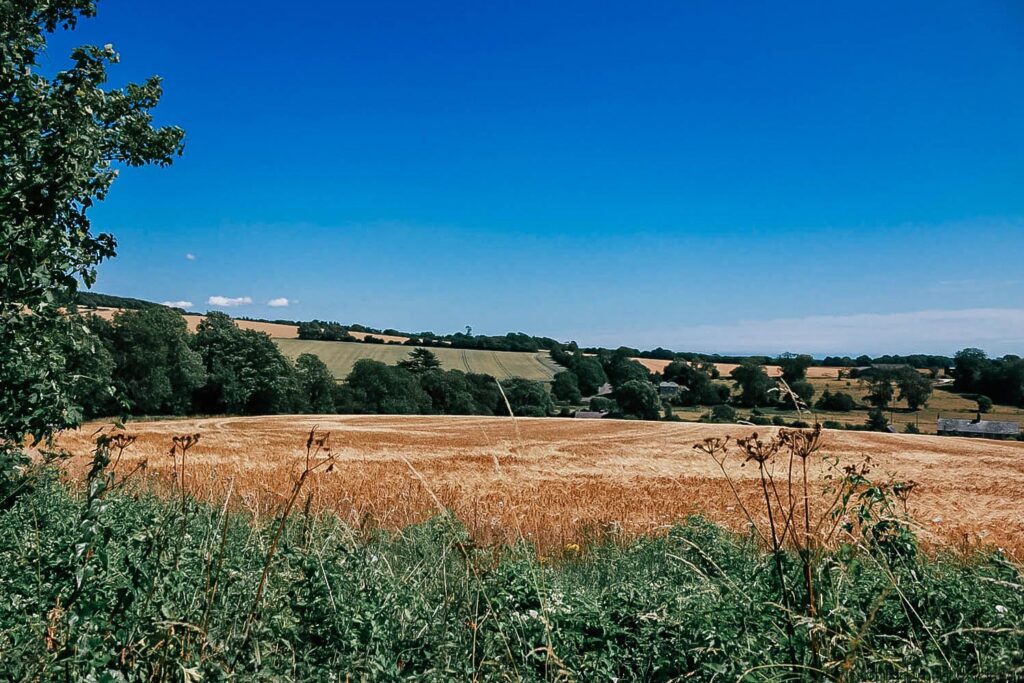
But no matter what the purpose of its erection, Racton Ruins was a place that I stumbled upon by accident.

I’d been down the road to Lordington Lavender to explore the local lavender fields, when I found myself winding through the country lanes on my way back and onto the drive of a very large house. Unsure of where I actually was (no signal in the sticks, so no phone maps!) I poked my head out the car for clarification and noticed the top of Racton Ruins poking out above some trees.
I asked the person whose drive it was, and they said it’s where everyone used to go raving but it’s pretty abandoned now. And with that, the car was parked in a nearby lay-by and off I went down the public bridleway.

Racton Ruins (occasionally known as Racton Monument) is situated on a hill in Racton, just off of the main Funtington road near Stanstead House.
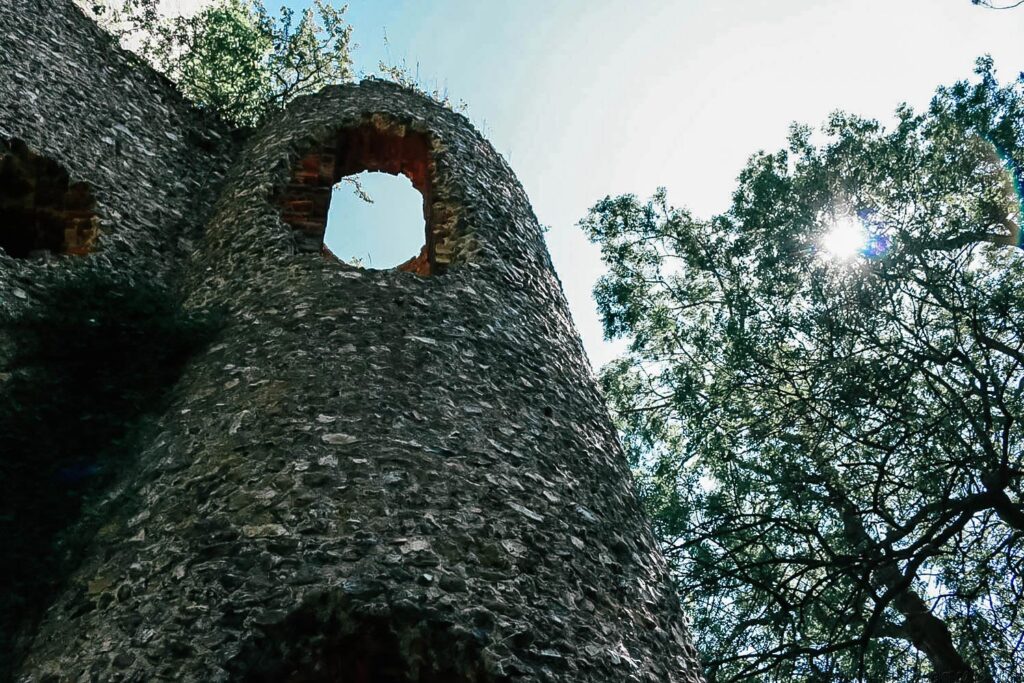
Constructed with a triangular base and circular turrets, the folly is made out of a combination of brick and flint and stands about 80 feet high. It’s a combination of creepy mixed with gothic fairytale and with ivy climbing up the sides and reclaiming the building, some might go as far as to say it looks romantic.
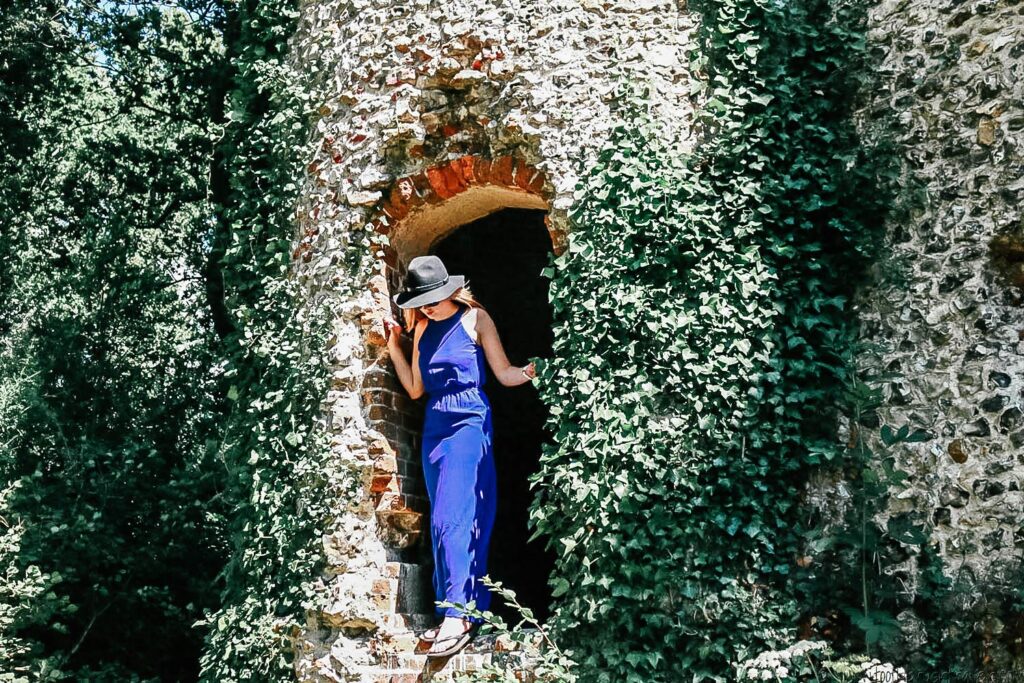
But the reality is that it’s cold and dirty. The monument is covered in rubbish on the inside, with it collecting where the floor fell through. The base inside is covered in glass and rubbish (although for some reason the area surrounding Racton Ruins remains clean) with graffiti adorning the walls.
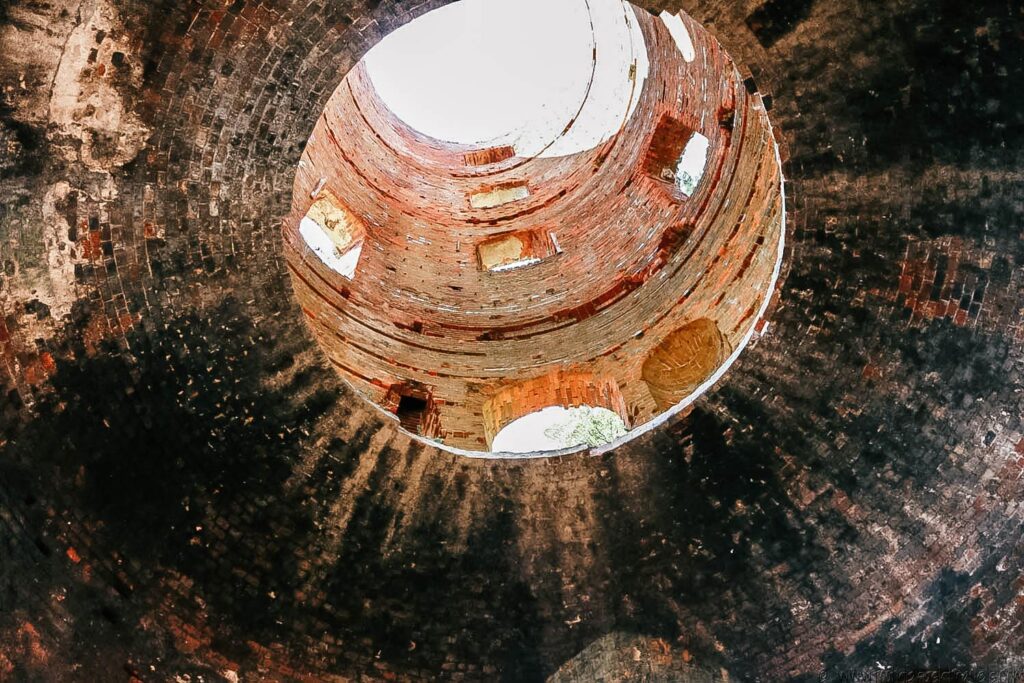
Unfortunately, we’ll never get to see Racton Ruins in its full glory as it’s been abandoned for over a century. Which is a shame, because it’s a beautiful spot that’s surrounded by nature and is away from the major roads.

Due to its isolated nature, Racton Ruins has a reputation with paranormal investigators and is often frequented by ghost hunters, due to the rumours that ghostly shouts, mythical sounds and bricks thrown from nowhere, have been witnessed. One group of investigators state that they experienced eerie whisperings in their ears combined with the feeling of being touched. But I’m not much of a ghost-buster, and I’m naturally sceptical, so how much of this you believe is up to you.

But regardless of whether you think it’s paranormal activity or simply drugs and alcohol, the level of creepy that surrounds Racton Ruins at night, means I’ll stick to daytime explorations!
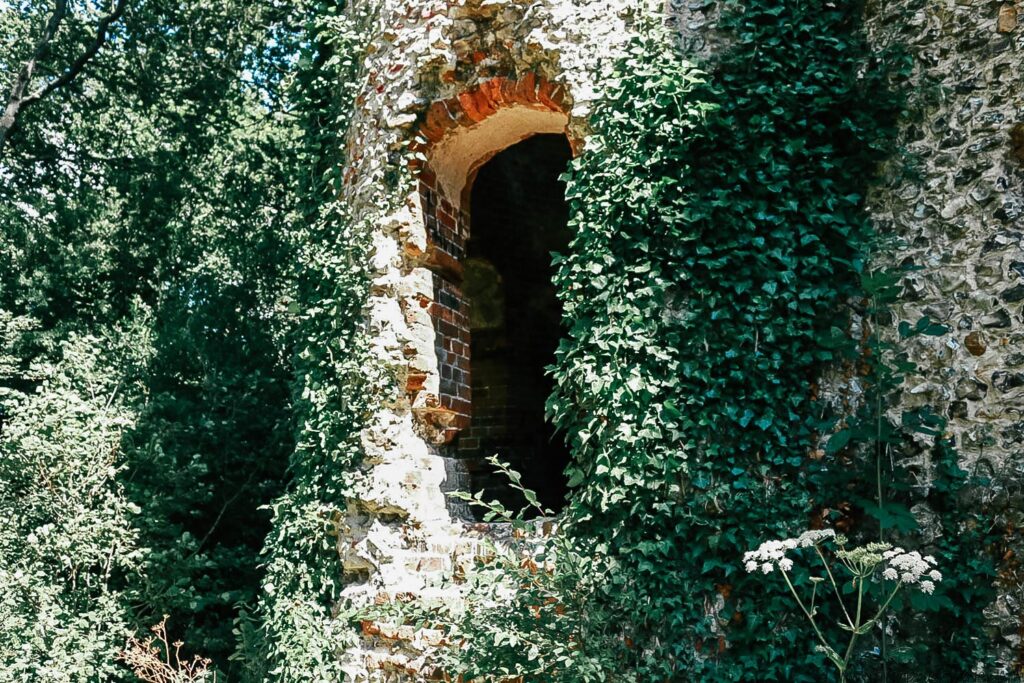
Racton Ruins is owned by a private owner who has planning permission for the monument, but as of yet has not declared whether they will restore or rebuild it. So for now at least, Racton folly stands there, as a grade 2 listed building, looking symbolically decorative with no useful or obvious purpose. Except being the subject of photo-taking explorers such as myself!
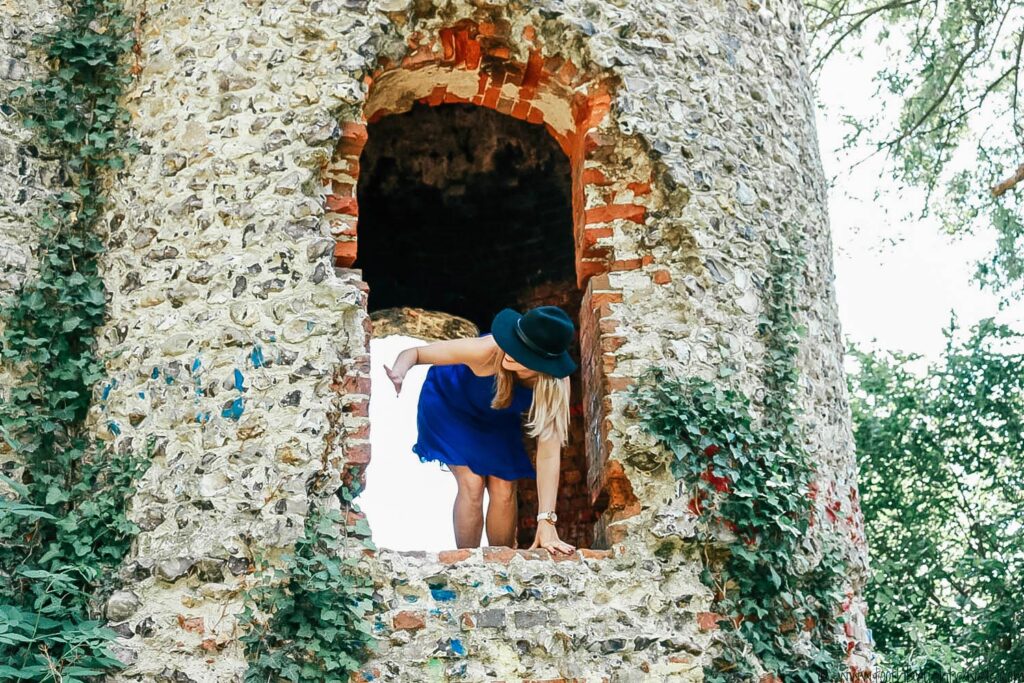
I wouldn’t go as far as to say that Racton Ruins is a tourist attraction you must see. But, despite its sinister atmosphere, the ruins are, in my opinion, pretty cool to look at.
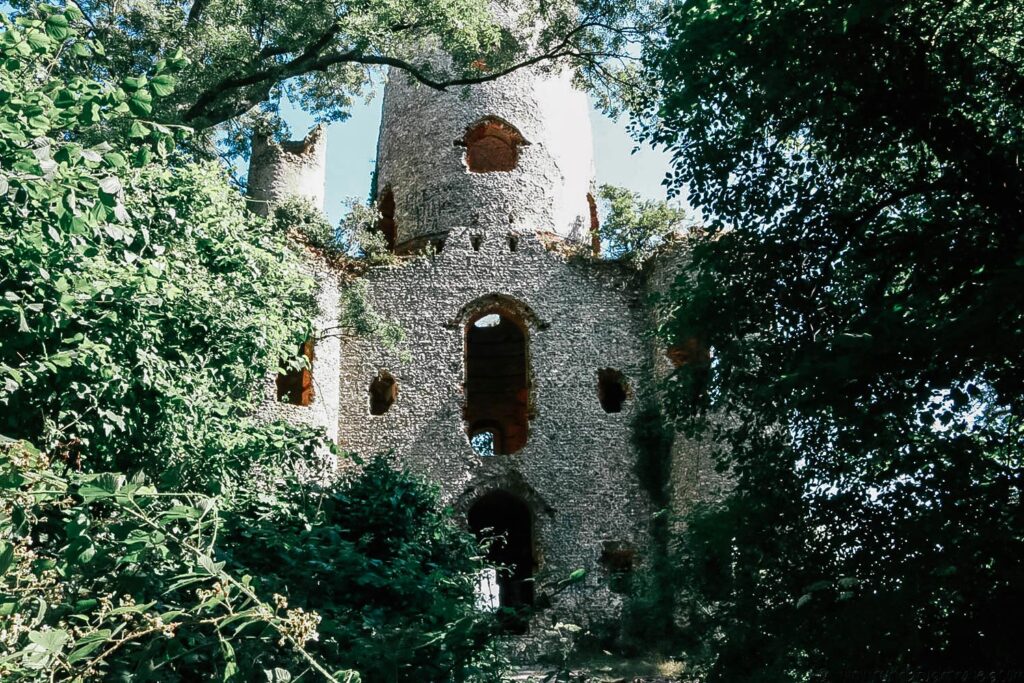
So if you want to go and have a look for yourself, then pack the garlic and holy water, and follow the location details below!
Racton Ruins:
Racton Ruins, Stoughton, Chichester PO18 9DU
To get there, type in the above address and park the car in the layby. From here follow the bridleway up the small hill, and you’ll see Racton Ruins on your left.
